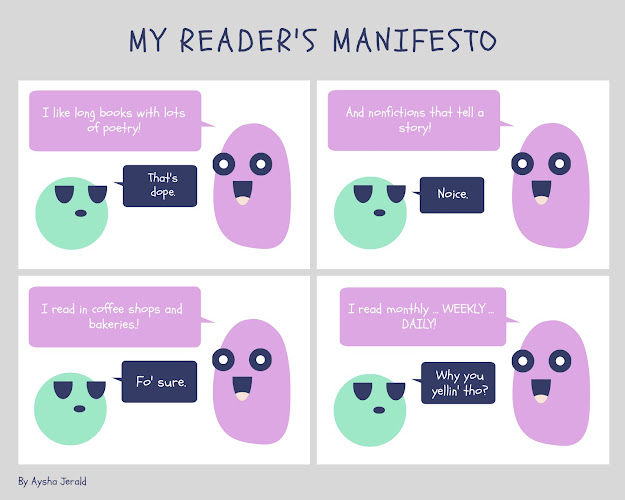Sulzer and Strickland Review
This week I read two very interesting research articles about the pedagogies surrounding preservice ELA teachers. Those two articles were Reconsidering the Hypothetical Adolescent in Evaluating and Teaching Young Adult Literature by Mark A. Sulzer and What YAL Tells Us About Learning, Schooling, and Teaching by T. Hunter Strickland.
What I've learned from both articles is that teaching preservice teachers about the value and worth of YAL can be tricky. Often, it's a hit or miss. In Sulzer's article, he talks about a study conducted to gauge preservice teachers' perceptions of YAL. He found that many of the preservice participants involved in the study found some YAL "inappropriate," "potentially poisonous or contaminating for inexperienced, immature readers" (167). Sulzer goes on to say, "Many participants expressed discomfort with issues in Tender Morsels [a YA novel] related to sexual activity, incest, and rape, arguing that adolescents might not take seriously or be able to understand these issues" (167).
When I first read that sentence, I was very confused. Even if a student did not take seriously or understand the very real, very present issues in that YA novel, why should that dissuade the teachers from teaching it? Shouldn't that instead encourage the teachers to teach it? However, as I continued to read the article, I was able to make sense of the finding. The majority of the participants in the study were white and middle class, most likely sheltered and privileged all their lives. Of course, they expressed discomfort. Anything or any text that wasn't shiny, comforting, or conservative would have made them uncomfortable. Stepping into another's shoes and understanding a darker, yet realistic perspective would not be something they would feel at ease doing. Honestly, it's disappointing. I believe teachers should teach what isn't easy, although a majority would rather teach what's easiest.
At the end of his article, Sulzer says, "Rather than planning YAL instruction based on the text's ostensible lessons, we recommend that teachers should begin with activities that allow students to name common beliefs about youths and to provide counternarratives based on their own lived experiences and knowledge of youth cultures" (168). In the statement, Sulzer is saying that teachers should give power to the students regarding the texts that are read in class. He's arguing that teachers should also encourage students to find counternarratives, or stories that will force them to fully step into another's shoes. Students have to step into another's shoes. They have to be uncomfortable because that is the only way they will truly learn, grow, and understand.
That said, preservice teachers shouldn't have the luxury of denying a text because of their discomfort. A preservice teacher's discomfort could be one of their student's truths. So, we have to encourage texts of all types in the classroom, and preservice teachers need to be taught how to be unafraid of unconventional ideas. In Strickland's article, he says, "Having preservice teachers analyze texts for learning, schooling, and pedagogical moves will allow them to learn how to examine their own new teaching practices in greater depth" (23). Thus, YAL cannot just be books used for entertainment. They have to also be mentor texts, which teaches preservice teachers about greater national discourses on what education truly means in the world (18).
YAL is an evolutional tool. We can use that tool to both better ourselves and our students. It may be tricky to do so, but it's not impossible. It's necessary.

Comments
Post a Comment